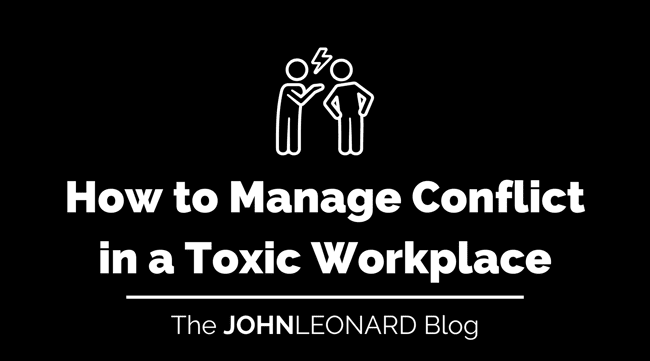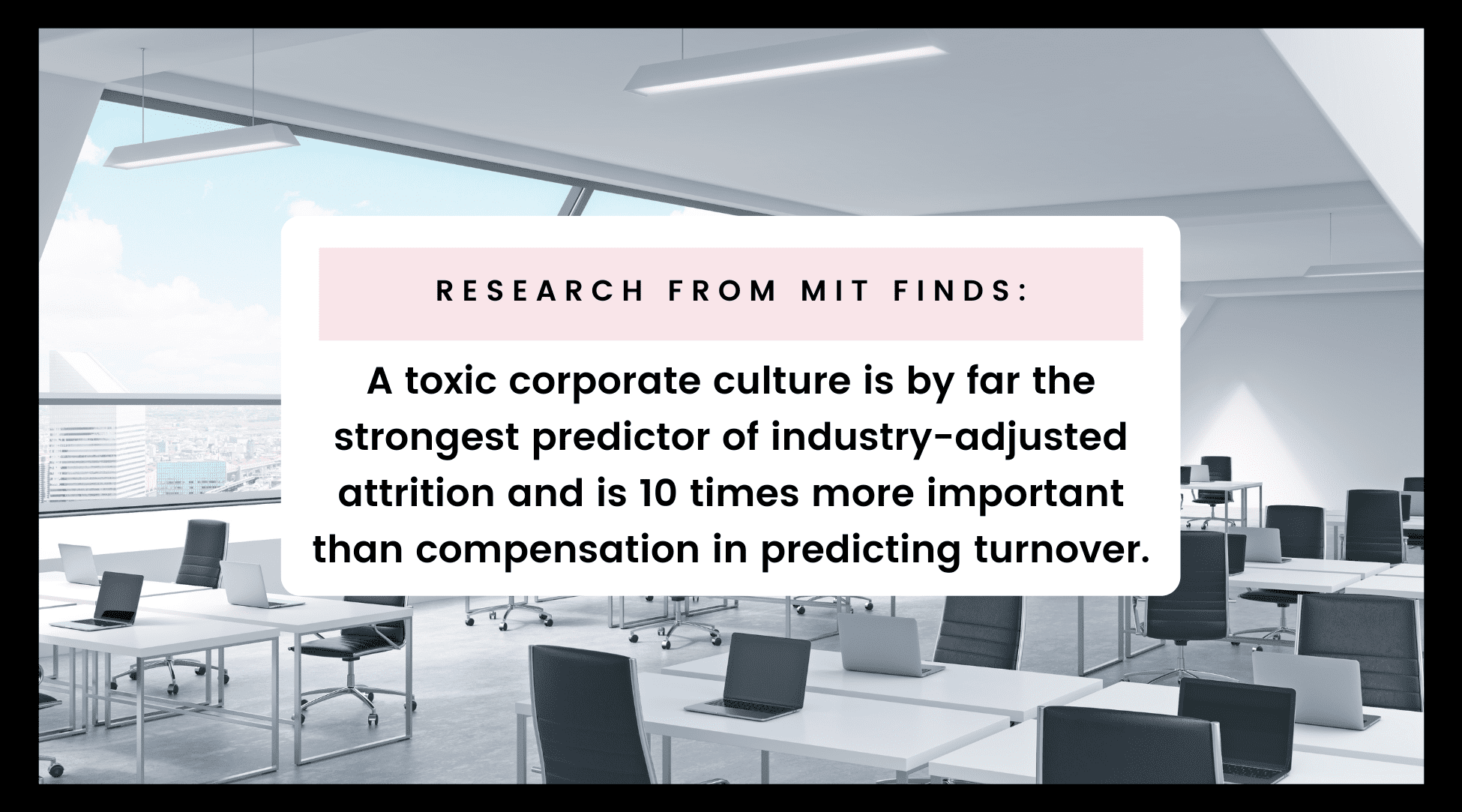
In wake of The Great Resignation, employees are becoming less tolerant of toxic work environments but some leaders don’t know how to properly address conflict at work, contributing to the toxic conditions. A study by MIT states, a toxic corporate culture is by far the strongest predictor of industry-adjusted attrition and is 10 times more important than compensation in predicting turnover. The leading elements contributing to toxic culture and conflict include failure to promote diversity, equity, and inclusion, employees feeling disrespected, and unethical behavior.
As a leader, it’s imperative you address and resolve conflict head-on if you want to retain your team. Below are practical strategies you can use to avoid toxicity spreading and wreaking havoc in your workplace:
- Clarify the source of the conflict: Defining the cause of the conflict will enable you to understand how the issue came to fruition.
- Find a safe and private place to talk: To have a constructive discussion, you need to find an environment that is safe and that you are comfortable in.
- Listen actively and let everyone have their say: Each party involved should have the time to express their thoughts and concerns in a positive and proactive approach without favoring the other.
- Investigate the solution: Take the appropriate time to investigate the case. Don’t pre-judge or come to a verdict without digging deeper to learn more about what happened to the parties involved, the issue, and how people feel.
- Determine ways to meet the common goal: Establish a common goal or objectives so that the issue is resolved and doesn’t resurface again in the future.
- Agree on the best solution and determine the responsibilities each party has in the resolution: Come to a solution that satisfies both parties and finds a common ground while keeping the company objective as the top priority.
- Evaluate how things are going and decide on preventative strategies for the future: Look for lessons you can learn from the conflict and how you handled it. This will help you know what you can do if the issue was to resurface.
With job burnout and mental health issues on the rise, toxicity in the workplace is more common than ever. The effects of toxic workplaces cause physical and emotional stress to employees which in turn, causes a lack of productivity, low morale, disengagement, and high turnover. To overcome this, your workplace should practice building a network of trust, staying focused on important goals, showing empathy to everyone, and striving for a healthy work-life balance. The bottom line is, your employees deserve better and shouldn’t tolerate or accept working in a setting that is damaging to their mental health or career.
Looking for more ways your organization can succeed? Subscribe to The JOHNLEONARD Blog below!

